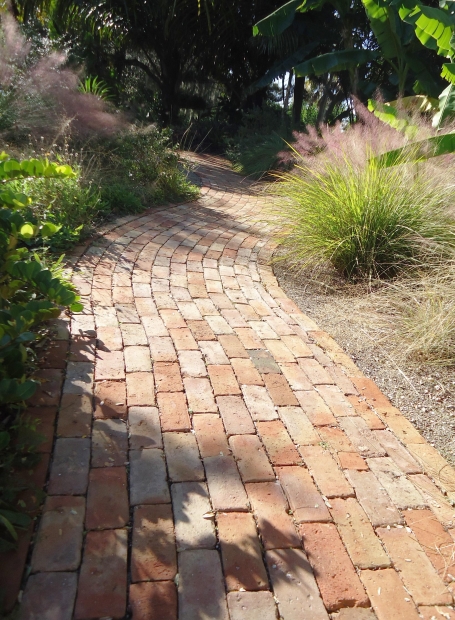 A garden is the perfect place where you can interact with nature and the natural elements. Because brick is a natural product, durable, and weather-resistant, it lends itself to providing garden accents such as edges, borders, beds and walkways.
A garden is the perfect place where you can interact with nature and the natural elements. Because brick is a natural product, durable, and weather-resistant, it lends itself to providing garden accents such as edges, borders, beds and walkways.
Edging and Borders
Using brick as an edging material or border is quite common because the bricks can be installed in three ways – cemented in place, dug and placed directly into the soil, or set in a bed of sand to prevent unevenness in settling and movement.
In terms of pros, brick is easily available, traditional yet eye-catching and inexpensive. On the other hand, brick can become discolored with time due to contact with the dirt, as well as moss and algae. You may also experience some unevenness if it is fixed directly into the soil. Additionally, weeds and grass may grow between and over the bricks, so there will be some maintenance involved.
Raised Beds
Raised beds are relatively simple to assemble using several rows of brick, but they are also semi-permanent once assembled, so be careful in choosing a location. It is imperative to use a line level, stakes and string to create a professional look. Before laying the brick, you will need to fill in low levels and even out high areas.
Walkways
Walkways are functional but also charming and inviting. If you choose to use brick, you will discover a plethora of choices in terms of shapes, colors, patterns, and sizes.
Brick may look expensive, but can actually cost less than other options like natural stone.
Another benefit is that if you need to replace one for whatever reason, you don’t need to remove the entire pathway.
If you’re using brick on a walkway near a pool or where you may walk barefoot, choose a lighter color so it reflects more sunlight and stays cooler longer.

